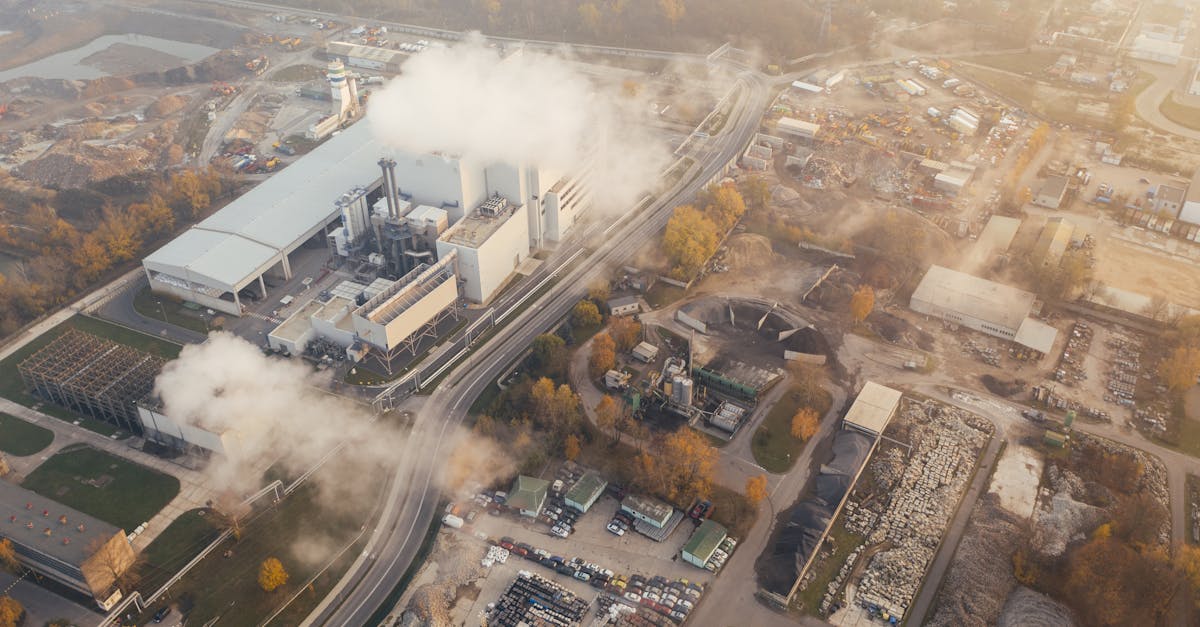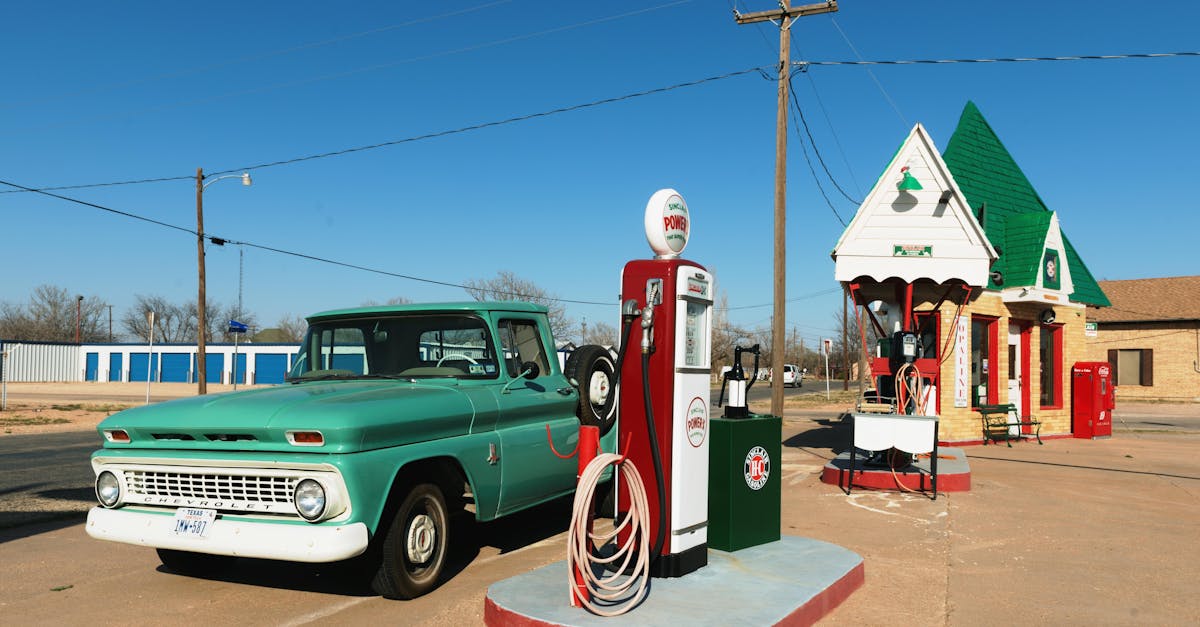
Table Of Contents
The Role of Regular Inspections in Managing Maintenance Costs
Regular inspections play a crucial role in managing maintenance costs associated with pipe installation and repair in Berwick, Victoria. By conducting routine assessments of the piping system, potential issues can be identified early on, allowing for timely repairs and minimising the risk of major malfunctions. This proactive approach helps in avoiding costly emergency repairs and disruptions to the system, ultimately leading to lower overall maintenance expenses.
Moreover, scheduled inspections enable maintenance teams to implement preventive measures that can extend the lifespan of the pipes, reducing the need for frequent replacements. By addressing minor concerns promptly, such as leaks or corrosion, before they escalate into more significant problems, the long-term maintenance costs are significantly decreased. This proactive maintenance strategy not only enhances the efficiency and reliability of the piping system but also contributes to substantial cost savings in the long run.
Benefits of Scheduled Inspections in Cost Savings
Pipe installation and repair in Victoria can often be a costly affair for property owners and municipalities alike. However, one key strategy to mitigate these expenditures lies in the implementation of regular inspections. By conducting scheduled inspections on a consistent basis, potential issues within the pipe systems can be identified early on, allowing for prompt repairs to be made before they escalate into more extensive and costly problems. This proactive approach not only helps in maintaining the integrity and longevity of the pipes but also contributes significantly to cost savings in the long run.
Moreover, scheduled inspections also enable stakeholders to adopt a preventive maintenance mindset, which can significantly reduce emergency repair expenses. When pipe systems are regularly monitored and maintained, the likelihood of sudden failures and breakdowns decreases, thus minimising the need for urgent and expensive repairs. By investing in routine inspections, property owners and authorities in Victoria can effectively manage their maintenance budgets and allocate resources more efficiently, ultimately resulting in substantial cost savings over time.
Environmental Factors and Pipe Maintenance Expenses
Environmental Factors such as climate and geographic location play a significant role in determining the expenses associated with pipe maintenance. Regions with extreme weather conditions, like Victoria with its varying climates, might experience higher maintenance costs due to accelerated wear and tear on pipes. These environmental factors can lead to more frequent inspections and repairs to ensure the integrity and longevity of the piping system. Consequently, the overall maintenance expenses in such regions are likely to be higher compared to areas with milder climates and more stable environmental conditions.
Pipe installation and repair in Victoria can be particularly challenging and costly due to the environmental factors unique to the region. The state's diverse climate, ranging from temperate in the south to more arid conditions in the north, necessitates different maintenance approaches for pipes. Additionally, the geographic factors, including soil composition and topography, can also impact maintenance costs significantly. As a result, pipe maintenance expenses in Victoria may vary across different areas within the state, highlighting the importance of tailored maintenance strategies to mitigate costs effectively.
Climate and Geographic Influence on Maintenance Costs
Climate and geographic factors play a significant role in determining the maintenance costs of pipelines. The coastal location of regions like Sydney and Melbourne exposes pipelines to saltwater corrosion, leading to higher maintenance expenses. Similarly, areas prone to extreme weather conditions such as cyclones or heavy rainfall may experience more frequent pipe damage, increasing maintenance costs. For instance, pipe installation and repair in Berwick, Victoria, which encounters fluctuating weather patterns, can require more frequent inspections and repairs to ensure pipeline integrity and longevity.
Furthermore, geographic influences such as soil composition and terrain can also impact maintenance costs. Regions with rocky terrain or high soil acidity may experience faster pipe deterioration, necessitating more frequent repairs and replacements. In contrast, areas with stable soil conditions and flat terrain may have lower maintenance costs due to reduced wear and tear on pipelines. Understanding the specific climate and geographic challenges of each location is crucial for effective pipe maintenance planning and cost management.
Emerging Technologies in Pipe Maintenance and Cost Implications
Emerging technologies in pipe maintenance are revolutionizing the way we manage and reduce maintenance costs. These advancements are particularly crucial for ensuring the longevity and efficiency of pipe installations in Victoria. Utilizing cutting-edge technologies such as robotic inspection devices and advanced leak detection systems allows for proactive maintenance practices that can significantly lower operational expenses over time. By identifying issues at an early stage and addressing potential failures before they escalate, these technologies help in avoiding costly repairs and service disruptions, ultimately saving both time and money.
In addition to improved inspection tools, cost-effective innovations in pipe repair techniques are also contributing to reduced maintenance expenses. The development of trenchless technologies, such as pipe relining and cured-in-place pipe lining, offer efficient alternatives to traditional excavation methods. These innovative approaches not only minimise the disruption caused by repair works but also reduce labour and material costs. By embracing these emerging technologies in pipe maintenance practices, stakeholders in Victoria can enhance the reliability and lifespan of their pipe networks while keeping operational expenses in check.
CostEffective Innovations in Pipe Repair and Maintenance
Cost-effective innovations in pipe repair and maintenance have been a pivotal focus in recent years due to the desire to reduce operational costs while improving infrastructure longevity. Pipe installation and repair in Berwick, Victoria, and other regions have benefited from the development of trenchless technologies, offering a more efficient and cost-saving approach to resolving pipe issues. These technologies, such as cured-in-place pipe (CIPP) lining and pipe bursting, provide a less disruptive method compared to traditional excavation techniques, ultimately minimising restoration expenses and decreasing downtime for residents and businesses.
Moreover, the integration of smart technologies in pipe maintenance is revolutionising the industry, allowing for proactive monitoring and timely interventions. Implementing sensors and leak detection devices enables early identification of potential issues, preventing costly repairs and mitigating risks of significant damage. By harnessing data analytics and remote monitoring capabilities, utility companies in areas like Berwick, Victoria, can adopt a predictive maintenance approach that optimises resources and enhances the overall efficiency of their pipe networks.
FAQS
What factors affect the cost of pipe maintenance?
The cost of pipe maintenance can be influenced by various factors such as the type of pipes, the extent of damage, the location, and the complexity of the repair needed.
How often should I schedule pipe inspections to manage maintenance costs effectively?
It is recommended to schedule regular pipe inspections at least once a year to identify any potential issues early on and avoid costly repairs in the future.
Can environmental factors impact pipe maintenance expenses?
Yes, environmental factors such as climate and geographic location can affect pipe maintenance expenses as certain conditions may accelerate wear and tear on pipes, leading to higher maintenance costs.
Are there any cost-effective innovations in pipe repair and maintenance?
Yes, there are emerging technologies in pipe maintenance that offer cost-effective solutions, such as trenchless repair methods and advanced leak detection systems, which can help reduce overall maintenance costs.
How can scheduled inspections help in saving costs on pipe maintenance?
Scheduled inspections can help in early detection of issues, allowing for timely repairs and preventing small problems from escalating into costly repairs, ultimately saving on maintenance costs in the long run.





